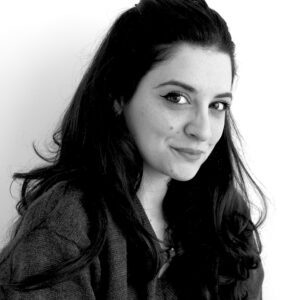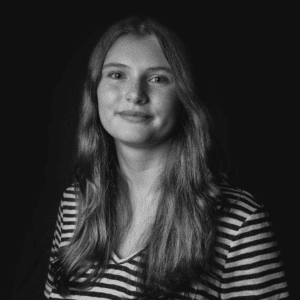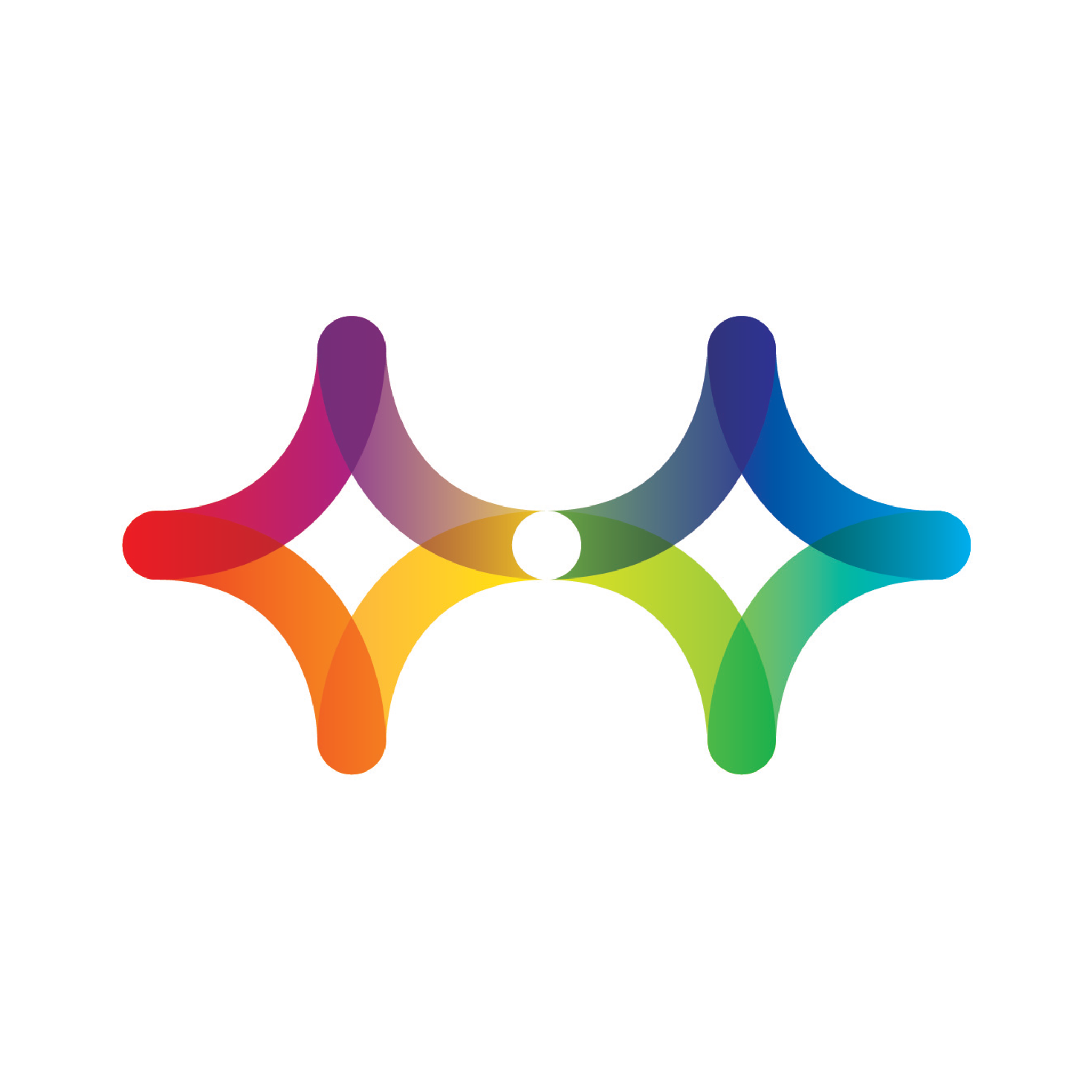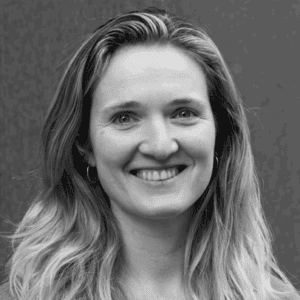Gazzola Groep
Mechanismen van Sociaal Gedrag

Mechanismen van Sociaal Gedrag
Pijn is besmettelijk. Wanneer we iemand pijn zien lijden, weerspiegelen onze hersenen dit door die gebieden te activeren die ook actief zijn wanneer we onszelf pijn doen. Dit betekent dat we de pijn van anderen kunnen voelen. De meeste mensen hebben een natuurlijke neiging om empathie te tonen en anderen te helpen, omdat we de fysieke en emotionele pijn van het meisje delen en haar helpen een manier wordt om onze eigen pijn te verzachten.
Empathie lijkt een automatisme te zijn, maar het is niet altijd aangeboren. Kinderen moeten leren dat spelen pijn kan veroorzaken, wat aangeeft dat empathie een leerproces is. We leren door ervaringen en het observeren van andermans gedrag. Wanneer we anderen nadoen en onze ledematen, gezichten en stemmen op dezelfde manier gebruiken als anderen, wordt het makkelijker om elkaar te begrijpen. Empathische synchronisatie verandert mensen van individuele wezens naar componenten van groepsdynamiek. Denk aan een stadion vol mensen die als één geheel handelen, met een eigen persoonlijkheid.
Maar als mensen in sommige opzichten zo hetzelfde kunnen zijn, wat ligt dan ten grondslag aan individuele verschillen in empathie? Wanneer een meisje van haar fiets valt, waarom haasten sommigen zich dan om haar te helpen en lopen anderen door?
We kunnen onze reactie op deze emotionele besmettelijkheid beïnvloeden door de voor- en nadelen van het helpen van het meisje af te wegen. Zo kiezen we er bijvoorbeeld misschien voor om haar niet te helpen als we te laat zijn voor een belangrijke vergadering.
Daarnaast ervaart niet iedereen emotionele besmettelijkheid, zo vertonen psychopaten minder spontane hersenactiviteit in de circuits die de emoties van anderen verwerken dan normaal, tenzij je hen expliciet vraagt empathisch te handelen.
Het lab van Valeria Gazzola probeert uit te vinden hoe ons brein ons in staat stelt om prosociaal te handelen. We bestuderen bijvoorbeeld hersengebieden die betrokken zijn bij empathie, hoe we onze eigen belangen afwegen in vergelijking tot die van anderen, en hoe we leren over de consequenties van onze acties en hun invloed op onze morele waarden (of het gebrek daaraan).
Om de specifieke hersengebieden te bestuderen die causaal bijdragen aan empathisch gedrag, passen we een breed scala aan neurowetenschappelijke technieken toe op zowel menselijke als dierlijke data, zoals functionele magnetische resonantiebeeldvorming (fMRI), elektro-encefalografie (EEG), transcraniële magnetische stimulatie (TMS), transcraniële directe stroomstimulatie (tDCS) en niet-invasieve ultrasoonmethoden.

Student
Bekijk profiel
PhD student
Bekijk profiel
Technician
Bekijk profiel
Student
Bekijk profiel
Student
Bekijk profiel
Student
Bekijk profiel
Head of department
Bekijk profiel
Technician
Bekijk profiel
Postdoc
Bekijk profiel
Postdoc
Bekijk profiel
PhD student
Bekijk profiel
PhD student
Bekijk profiel
Student
Bekijk profiel
Technician
Bekijk profiel
Postdoc
Bekijk profiel
PhD student
Bekijk profiel
Student
Bekijk profiel
PhD student
Bekijk profiel
PhD student
Bekijk profiel
PhD student
Bekijk profielMomenteel zijn er geen vacatures binnen deze groep.
Bekijk alle vacatures
"*" geeft vereiste velden aan
Je kunt jouw bijdrage ook overmaken op NL76 INGB 0002 1673 78 t.n.v. Stichting Vrienden van het Herseninstituut
De Stichting Vrienden van het Herseninstituut ondersteunt baanbrekend hersenonderzoek. U kunt ons daarbij helpen.
Steun ons werk